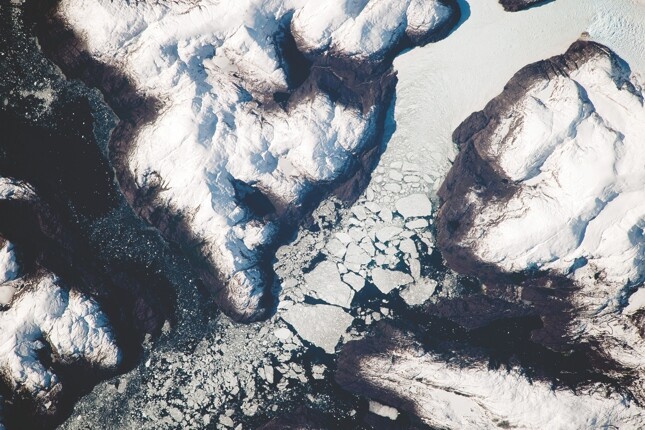Glaciers melt noisily into the sea
DOI: 10.1063/PT.3.2771
When a glacier meets the sea, vast chunks of ice can split from its terminus and crash into the water below. Those spectacular events are not the only source of glacial sound. Even when glacial ice merely melts on contact with seawater, millimeter-sized pores of pressurized air that are trapped in the ice wriggle noisily free to form bubbles that float to the surface. Erin Pettit of the University of Alaska Fairbanks and her collaborators have measured, both in the field and in the lab, the noise made by the escaping air. Their finding: Melting ice is the predominant source of ambient noise in glacial fjords. To reach that conclusion, Pettit’s team first set up hydrophones in three glacial fjords: Icy Bay and Yakutat Bay in Alaska and Andvord Bay in Antarctica. They found that the time-averaged acoustic spectrum in all three locations featured a broad peak between 1 kHz and 3 kHz. To confirm that the pores are responsible for the peak, the researchers retrieved blocks of ice from the terminus of Alaska’s Gulkana Glacier and shipped them to the lab of their collaborator Preston Wilson at the University of Texas at Austin. There, they floated cubes of the ice in cold water and monitored the sound as the cubes melted. As in the field study, the acoustic spectrum peaked at 1–3 kHz. Having measured the pores’ acoustic spectrum and correlated it with the properties of melting ice, Pettit and her collaborators have identified a cheap, safe, and convenient means to monitor glacial melt. (E. C. Pettit et al., Geophys. Res. Lett., in press, doi:10.1002/2014GL062950

